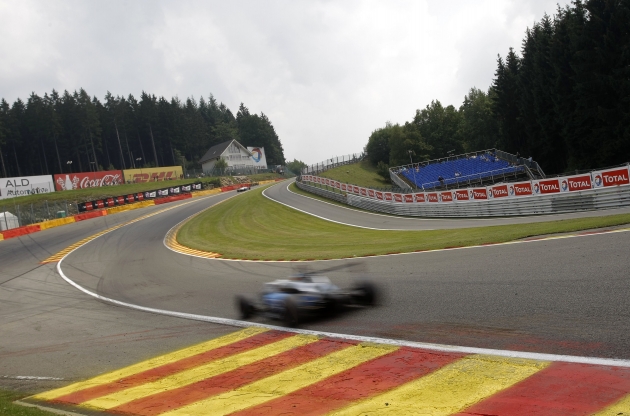The World Racing Championship is the most popular motor sport in the world. Many countries and states organise Formula 3 races. In the recent years, several teams have risen to fame. These include the British Masters, Italian Grand Prix, Chinese WSB and Honda. Each team has several champion race cars and drivers.
The FIA Formula 3 Championship has been a popular one-make classification all along. The F32019 machine features a naturally aspirated 6.2 litre bespoke Mecaclassnesium Vitorrea Coppola engine, that delivers 380 HP at 8500 rpm. Formula 3 also uses Pirelli P Zero tyres in three different specifications (medium, soft and hard). In addition to these big-race victories, drivers of different cars aim for individual victory by placing in the top three of the championship. The drivers with the most podium finishes qualify for the championship.
One racing series that attracts a large number of domestic car enthusiasts is the WEC. It is the European Car Racing Association. The primary goal of the association is to promote the continued growth and development of motor sport across Europe and beyond. Another significant aspect of the association’s work is to protect the interests of professional race drivers across the globe. For this reason, several countries in Europe are represented in the WEC.
One major difference between motor racing and Formula 3 is the kind of safety protection provided. Both competitions allow for comprehensive crash protection. Additionally, they both use high-layering safety protection devices, such as crash helmets and leather jackets, in order to reduce the risk of fatalities and serious injuries. For instance, in the case of Formula 3, every car is required to use an active crash helmet, which works in conjunction with an active lap and side plank crash shield. The same is true for the WEC.
In a normal Formula 3 race, all cars are allowed to pit one at a time in order to change cars. In a regular race, a driver can change teams up during the middle of a race but not during the Qualifying Session. A driver cannot change cars during the Qualifying Session if he is running on a service or utility vehicle.
Formula 3 and WEC races differ in other ways, as well. For example, in a regular Formula 3 race, both cars are allowed to complete one race in the style of their respective manufacturers. However, in WEC, each car is allowed only one set of tires throughout the season. In regular sports car racing, on the other hand, each team has at least two sets of tires; typically, a tire package that can be used for several seasons. In a normal Formula 3 race, however, only the lead team and drivers can change tires.
Aside from these fundamental differences, there are many more factors that have a great impact on how drivers and teams are scored. For example, Drs. Denny Price and Jamie Lewis both have been known to personally sabotage teams during races, so any chance they get to help their team to get an advantage by taking out a competitor is taken. And as far as performance goes, in regular Formula 3 and WEC races, all drivers have been instructed to avoid colliding with other vehicles, which can be considered a form of racing.
If there is going to be a battle between two cars in a race, the starting position is usually where it all boils down. It isn’t uncommon for drivers to try and bait other drivers into collisions, but since there are only two starting positions, there isn’t much you can do about it. During the Qualifying Sessions, though, everything changes. This is where drivers can show off what they’ve learned throughout the year, and teams can find out exactly what kind of things lead to trouble during races.




